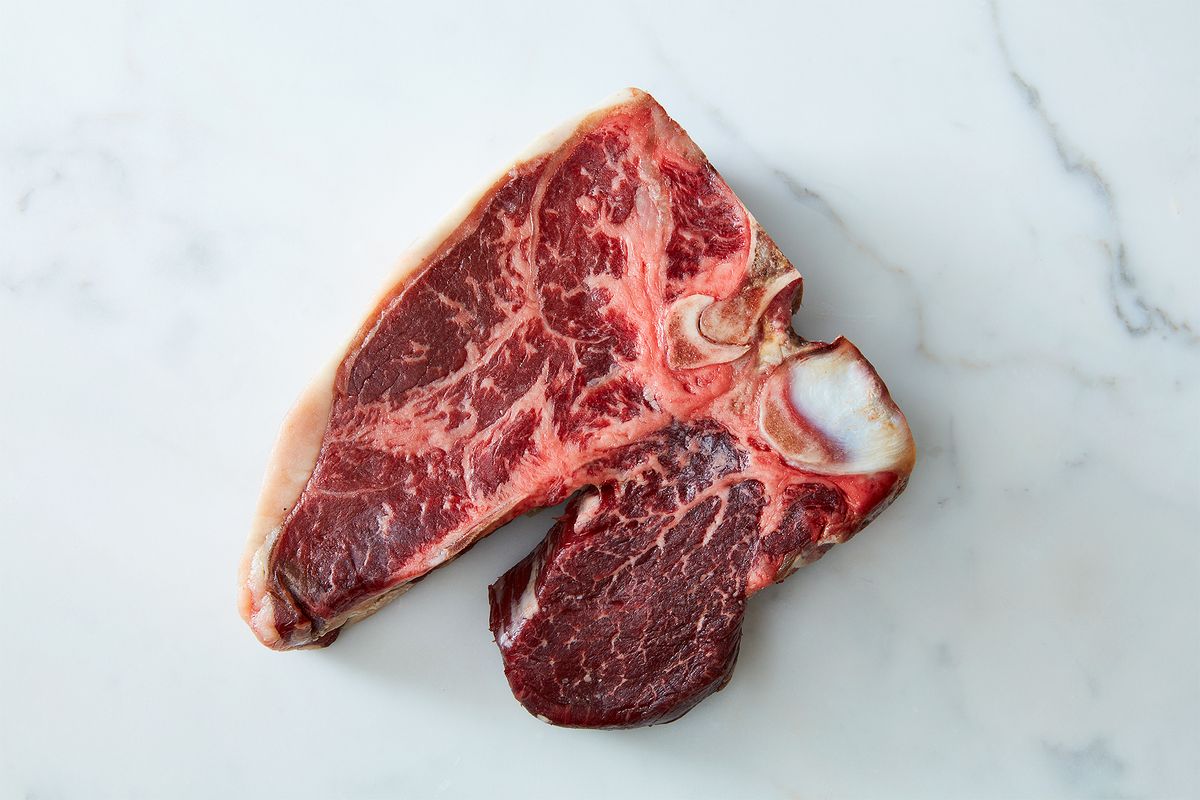

Articles
How To Store Raw Steak
Modified: December 7, 2023
Learn effective techniques for storing raw steak in this informative articles. Keep your meat fresh and safe with proper storage methods.
(Many of the links in this article redirect to a specific reviewed product. Your purchase of these products through affiliate links helps to generate commission for Storables.com, at no extra cost. Learn more)
Introduction
Storing raw steak properly is essential to maintaining its quality and ensuring it remains safe to consume. Whether you have purchased a fresh cut of steak from the butcher or have leftovers from a delicious meal, knowing how to store it correctly is crucial. Improper storage can lead to spoilage, bacterial growth, and a loss of flavor and texture.
In this article, we will guide you through the process of storing raw steak to help you maximize its freshness and taste. We will cover choosing the right cut of steak, preparing it for storage, wrapping techniques, proper refrigerator storage, freezing for long-term storage, thawing methods, and cooking tips for stored steak.
By following these guidelines, you can ensure that your raw steak stays in optimal condition, providing you with delicious meals for days to come.
Key Takeaways:
- Choose high-quality, marbled cuts of steak for optimal storage. Properly prepare, wrap, and refrigerate or freeze the steak to maintain its freshness and flavor for delicious meals.
- Follow proper thawing and cooking methods to enjoy safe and flavorful stored steak. Maintain quality by storing at the right temperature, avoiding overhandling, and using airtight packaging.
Read more: How To Store Raw Beef
Choosing the Right Cut of Steak
When it comes to storing raw steak, it is important to start with a high-quality cut. This not only affects the flavor and tenderness of the meat but also its storage potential. Here are some factors to consider when choosing the right cut for storage:
- Marbling: Look for cuts with visible marbling, which refers to the white fat streaks running throughout the muscle. Marbling adds flavor and moisture to the steak, making it more suitable for storage.
- Thickness: Thicker cuts generally fare better during storage as they are less prone to drying out. Aim for steaks that are at least 1 to 1.5 inches thick.
- Cut: Different cuts of steak have varying storage qualities. For example, fatty cuts like ribeye or strip loin tend to have better flavor and tenderness retention compared to lean cuts like tenderloin.
- Quality: Opt for USDA prime or choice cuts as these are known for their superior quality and tend to retain their flavor and texture better during storage.
Additionally, consider the intended purpose of the steak. If you plan to cook it rare or medium-rare, opt for cuts that are naturally tender and suitable for quick cooking methods. For longer cooking methods like slow braising, tougher cuts like chuck or brisket can be chosen.
By selecting the right cut of steak, you are setting a solid foundation for successful storage and delicious meals.
Preparing the Steak for Storage
Before storing raw steak, it’s important to properly prepare it to ensure optimal quality and safety. Here are some steps to follow when preparing steak for storage:
- Inspect the steak: Check the steak for any signs of spoilage or discoloration. Make sure there are no visible signs of mold, excessive browning, or unpleasant odors. If the steak doesn’t look or smell right, it’s best to discard it.
- Trim excess fat: Trim off any excessive fat from the steak. While fat helps enhance flavor and juiciness when cooking, excess fat can lead to rancidity during storage.
- Pat dry: Use a clean paper towel to gently pat the steak dry. Excess moisture can cause the meat to spoil more quickly, so removing any surface moisture will help prolong its freshness.
- Season (optional): If desired, you can season the steak before storing it. However, note that some seasonings may change the texture of the meat over time. For marinades, it’s best to use them immediately or freeze the steak with the marinade for long-term storage.
By following these steps, you are ensuring that the steak is in its best possible condition before it goes into storage, which will contribute to better taste and texture when you eventually cook it.
Wrapping the Steak Properly
Properly wrapping raw steak is crucial for protecting it from oxygen exposure and preventing freezer burn. Here are a few effective methods for wrapping steak:
- Plastic wrap: Start by placing the steak in the center of a sheet of plastic wrap. Fold the sides of the wrap over the steak and press them together to create a tight seal. Secure the ends by twisting them or tying them with butcher’s twine. Ensure there are no air pockets left in the wrap.
- Aluminum foil: Alternatively, you can use aluminum foil for wrapping the steak. Place the steak in the center of a sheet of foil and fold the sides over the steak, covering it completely. Crimp the edges of the foil to create a tight seal.
- Freezer bags: If you prefer a more convenient option, you can place the wrapped steak in a freezer bag. Squeeze out any excess air before sealing the bag tightly. Using freezer bags reduces the risk of freezer burn by providing an extra layer of protection.
Regardless of the method you choose, make sure the steak is securely wrapped and that there are no openings or loose edges that can allow air or moisture to penetrate.
Labeling the wrapped steak with the date of storage is also a good practice, especially if you plan to freeze it for an extended period. This ensures you can easily keep track of how long the steak has been stored.
By wrapping the steak properly, you can preserve its freshness, taste, and texture, making it ready for future cooking.
Storing the Steak in the Refrigerator
When storing raw steak in the refrigerator, it is important to maintain a temperature below 40°F (4°C) to slow down bacterial growth and prevent spoilage. Follow these guidelines to store steak in the refrigerator:
- Cold storage: Ensure your refrigerator is set to the appropriate temperature to maintain the freshness of the steak. Use a refrigerator thermometer to verify the temperature, especially if your refrigerator doesn’t have a built-in temperature display.
- Placement: Store the wrapped steak on a plate or a shallow dish to catch any juices that may leak during storage. This prevents cross-contamination with other foods in your fridge.
- Location: Place the steak on a shelf towards the back of the refrigerator where the temperature is the most consistent. Avoid storing the steak in the door, as it experiences temperature fluctuations when opened frequently.
- Duration: Ideally, raw steak should be consumed within 3-5 days when stored in the refrigerator. The longer it sits, the higher the risk of spoilage. If you don’t plan to use it within that timeframe, consider freezing it for longer-term storage.
It’s essential to note that storing raw steak in the refrigerator is a temporary solution and should be done only when you plan to consume it within a few days. If you want to store it for an extended period, freezing is the preferred method.
Remember to practice proper food safety protocols when handling and storing raw meat to minimize the risk of foodborne illnesses.
By storing the steak in the refrigerator with care, you can prolong its freshness and ensure it remains safe for consumption until you’re ready to cook it.
Store raw steak in the coldest part of the refrigerator, ideally below 40°F (4°C). Keep it in its original packaging or rewrap it tightly in plastic wrap to prevent any leakage. Place it on a plate to catch any potential drips and use it within 3-5 days for best quality.
Read more: How To Store Raw Chicken
Freezing the Steak for Long-Term Storage
Freezing raw steak is an excellent option for long-term storage, allowing you to preserve its quality and freshness for several months. Follow these steps to freeze steak properly:
- Prepare for freezing: Make sure the steak is wrapped tightly in either plastic wrap or aluminum foil to prevent freezer burn. If using freezer bags, squeeze out as much air as possible before sealing.
- Label the packaging: Clearly label the packaged steak with the date of freezing. This will help you keep track of its storage time.
- Optimal package size: If possible, divide the steak into individual or meal-sized portions before freezing. This way, you can easily thaw and use only the amount you need without having to defrost the whole steak.
- Place in the freezer: Put the wrapped steak in the coldest part of the freezer, ideally towards the back where it experiences fewer temperature fluctuations. Avoid placing it near the freezer door, as it may be exposed to warmer air when the freezer is opened.
- Freezing time: The freezing time for steak depends on its thickness. Generally, steaks take about 2-3 hours to freeze completely. However, it is recommended to leave the steak in the freezer for a minimum of 24 hours to ensure thorough freezing.
When it comes to thawing frozen steak, it is recommended to thaw it in the refrigerator overnight for gradual and safe thawing. Avoid using hot water or leaving it at room temperature, as these methods can lead to the growth of harmful bacteria.
Frozen steak can be stored for approximately 6-12 months in the freezer if properly packaged and maintained at a consistent temperature below 0°F (-18°C). However, for best quality, it is recommended to consume it within 3-4 months.
By freezing the steak correctly, you can extend its storage life and have a readily available protein source for future meals.
Thawing and Cooking Stored Steak
Thawing and cooking stored steak properly is crucial to maintain its quality and ensure safe consumption. Here’s how to thaw and cook your stored steak:
- Thawing in the refrigerator: The best and safest method to thaw stored steak is by placing it in the refrigerator overnight. This allows for gradual thawing, minimizing any potential bacterial growth. Plan ahead to ensure you have enough time for the steak to thaw completely.
- Thawing in cold water: If you’re short on time, you can also thaw steak by placing it in a sealed plastic bag and submerging it in cold water. Make sure to change the water every 30 minutes to maintain a safe temperature. Avoid using warm or hot water, as this can promote bacterial growth.
- Cooking methods: There are several cooking methods you can use to prepare your thawed steak. Grilling, pan-searing, broiling, or even oven roasting are all great options. Choose a cooking method that suits your preference and the cut of steak you have.
- Seasoning and marinating: Before cooking, season the steak with salt, pepper, and any other desired seasonings. If you prefer marinating, make sure to discard any leftover marinade that came in contact with raw meat to avoid cross-contamination.
- Cooking temperatures and times: The cooking time and temperature will vary depending on the thickness of the steak and your desired level of doneness. Use a meat thermometer to ensure the steak reaches a safe internal temperature: 145°F (63°C) for medium-rare, 160°F (71°C) for medium, or 165°F (74°C) for well-done.
Remember to let the cooked steak rest for a few minutes before slicing or serving. This allows the juices to redistribute, resulting in a more flavorful and tender steak.
By following these steps to properly thaw and cook your stored steak, you’ll be able to enjoy a delicious and safe meal with preserved flavor and texture.
Tips for Maintaining Steak Quality
To ensure your steak maintains its quality throughout the storage process, here are some helpful tips to keep in mind:
- Keep it cool: Maintain a consistent refrigerator temperature below 40°F (4°C) to prevent bacterial growth and spoilage. Avoid storing steak near the door or in areas prone to temperature fluctuations.
- Avoid overhandling: Excessive handling of steak can lead to moisture loss and affect its tenderness. Minimize handling and use tongs instead of forks or knives when moving or flipping the steak.
- Use airtight packaging: Properly wrap the steak in plastic wrap, aluminum foil, or freezer bags to protect it from air exposure and prevent freezer burn.
- Don’t refreeze thawed steak: Once you have thawed steak, it is not recommended to refreeze it. This can affect the texture and taste of the meat. It’s best to cook it and consume it within a reasonable time.
- Store separately: If storing multiple steaks, make sure to wrap and store them individually. This prevents the flavors from mingling and reduces the risk of cross-contamination.
- Label and date: Always label your stored steak with the date of storage to keep track of how long it has been stored. This helps you prioritize which steaks to use first.
- Quality over quantity: It’s better to purchase and store a smaller quantity of high-quality steak rather than buying in bulk and risking degradation in flavor and texture.
- Inspect before cooking: Before cooking the stored steak, inspect it for any signs of spoilage, off odors, or unusual discoloration. If anything seems off, it’s best to discard it to avoid any potential health risks.
Following these tips will help you maintain the quality and taste of your stored steak, ensuring a delightful culinary experience when it’s time to cook and enjoy your meal.
Conclusion
Knowing how to store raw steak properly is essential for preserving its quality, taste, and safety. By following the guidelines outlined in this article, you can ensure that your steaks maintain their freshness whether stored in the refrigerator or freezer.
Begin by selecting the right cut of steak, considering factors such as marbling, thickness, and quality. Properly preparing the steak by trimming excess fat and patting it dry helps to maintain its integrity during storage.
When it comes to wrapping the steak, use plastic wrap, aluminum foil, or freezer bags to create a tight seal that protects the meat from oxygen exposure and freezer burn.
Storing the steak in the refrigerator requires a temperature below 40°F (4°C) and careful placement on a dish or plate to avoid cross-contamination. For long-term storage, freezing the steak is a suitable option, as it can preserve the meat for several months when wrapped and stored correctly.
Thawing the stored steak in the refrigerator overnight ensures gradual and safe thawing, while cooking the steak to the desired level of doneness using various methods enhances flavor and tenderness. Following proper cooking temperatures and letting the steak rest before serving are essential steps for a delicious meal.
Finally, maintaining steak quality involves storing it in a cool environment, minimizing handling, using airtight packaging, and avoiding refreezing thawed steak. Labeling and dating the steak packages help you keep track of storage time and prioritize usage.
By implementing these tips and recommendations, you can optimize the storage and preservation of raw steak, leading to exceptional culinary experiences and mouthwatering meals. So, go ahead and apply these practices to maximize the enjoyment of your stored steak!
Frequently Asked Questions about How To Store Raw Steak
Was this page helpful?
At Storables.com, we guarantee accurate and reliable information. Our content, validated by Expert Board Contributors, is crafted following stringent Editorial Policies. We're committed to providing you with well-researched, expert-backed insights for all your informational needs.
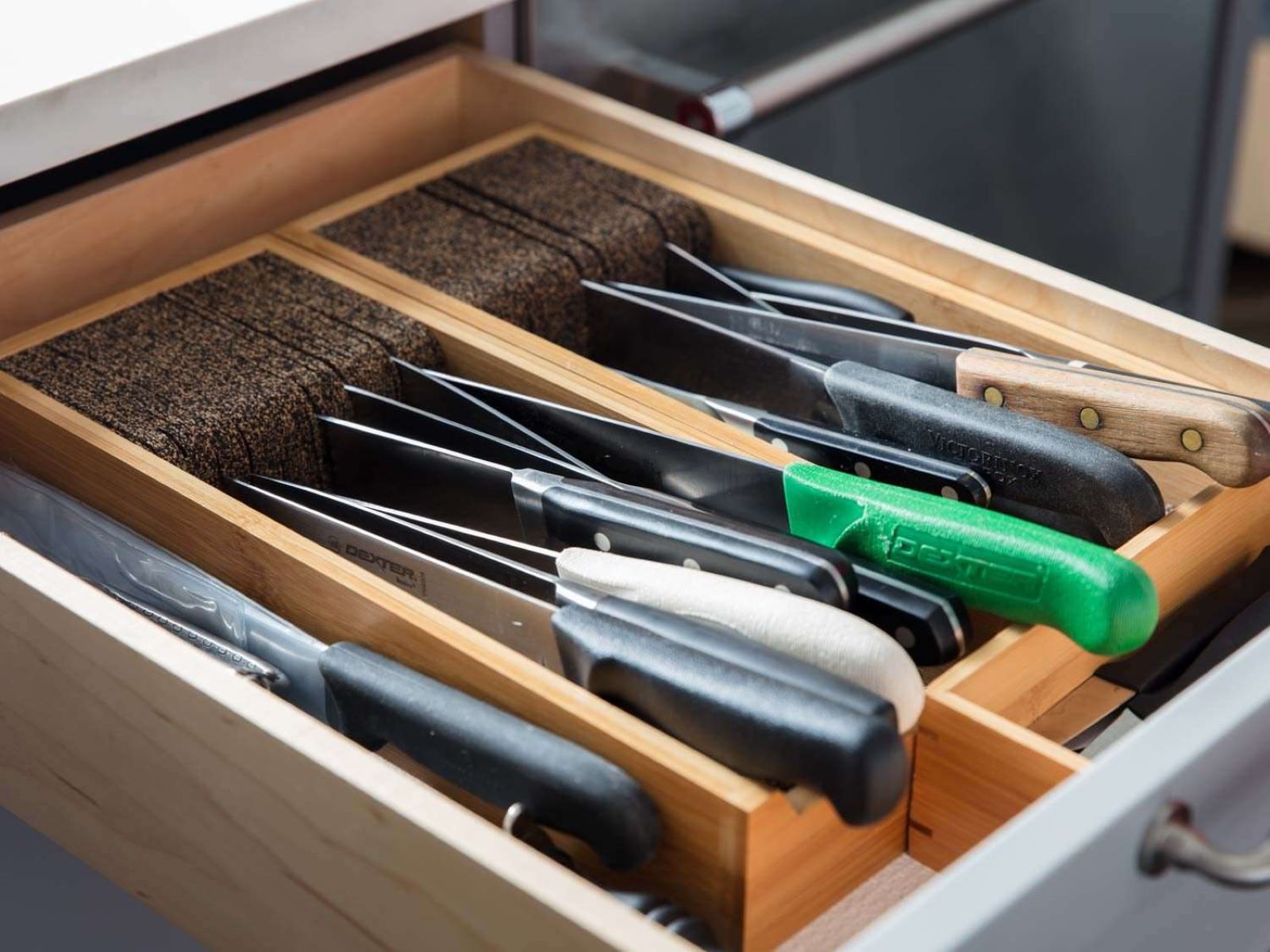
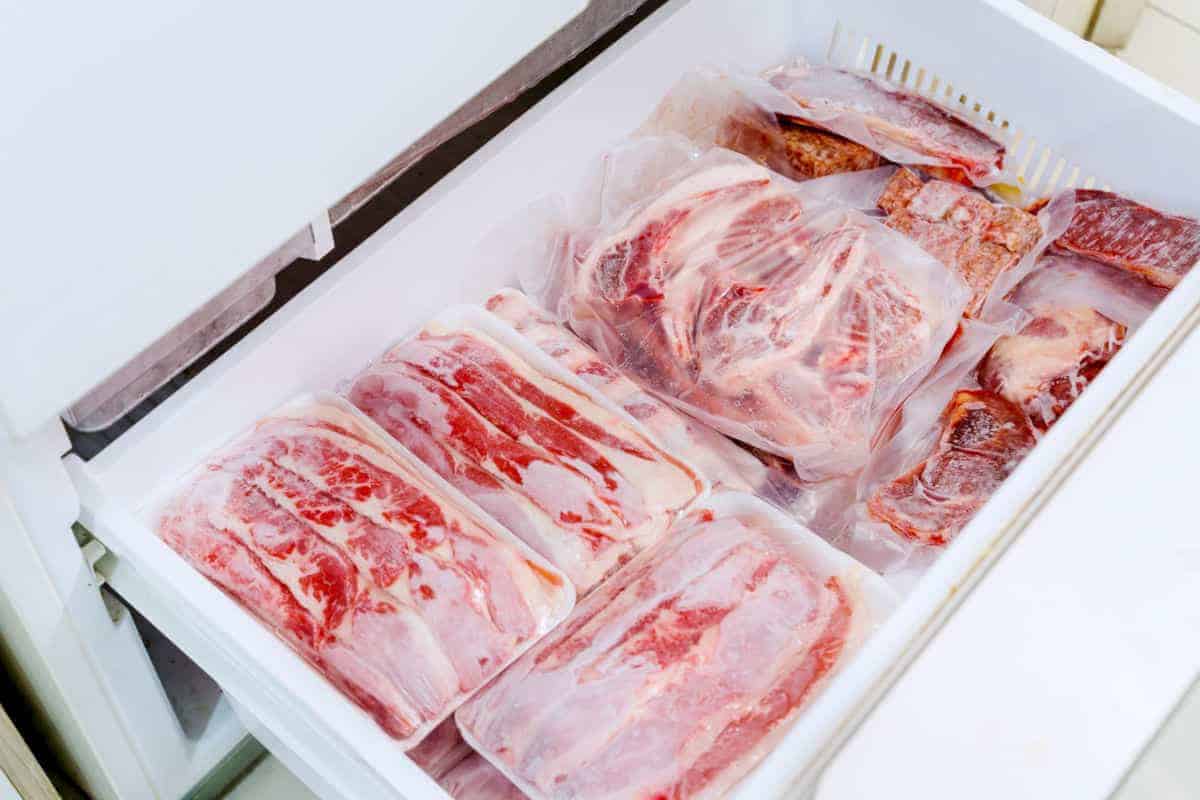
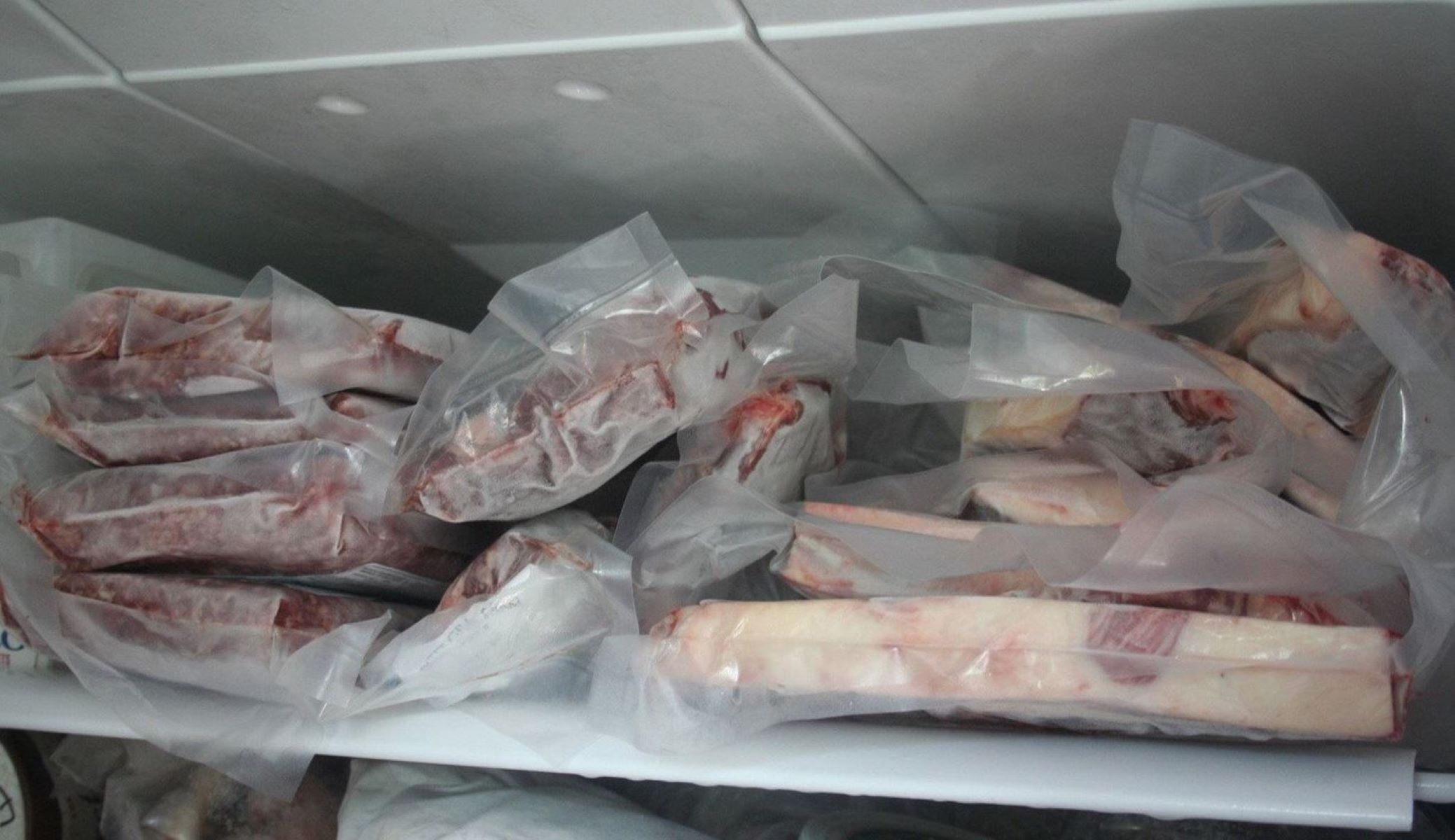
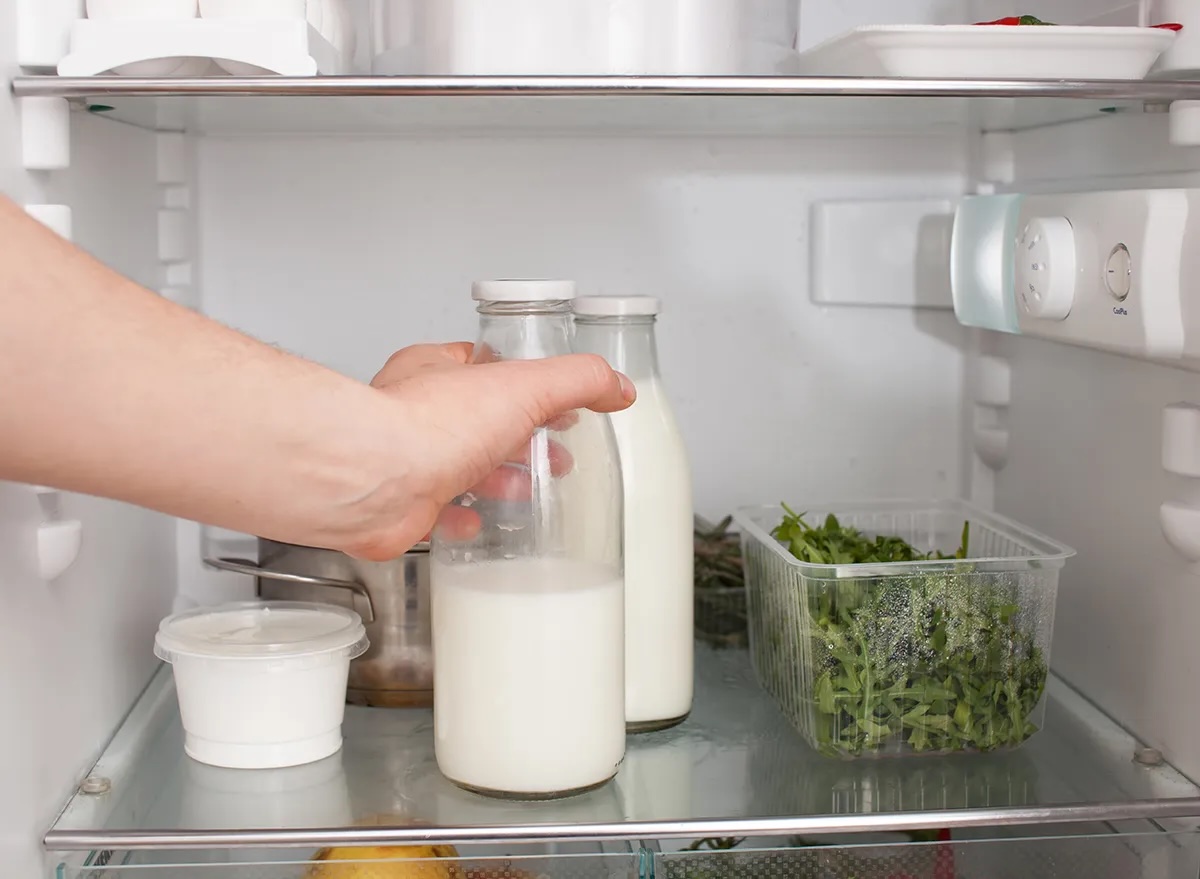

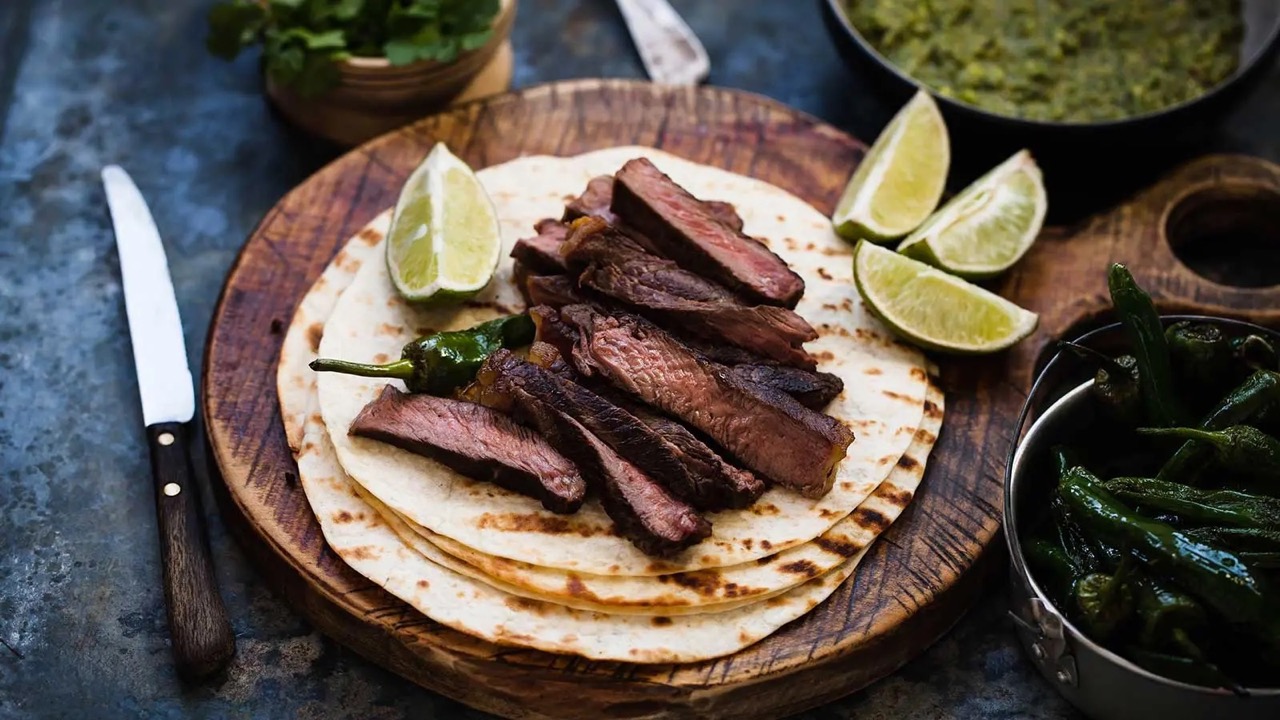
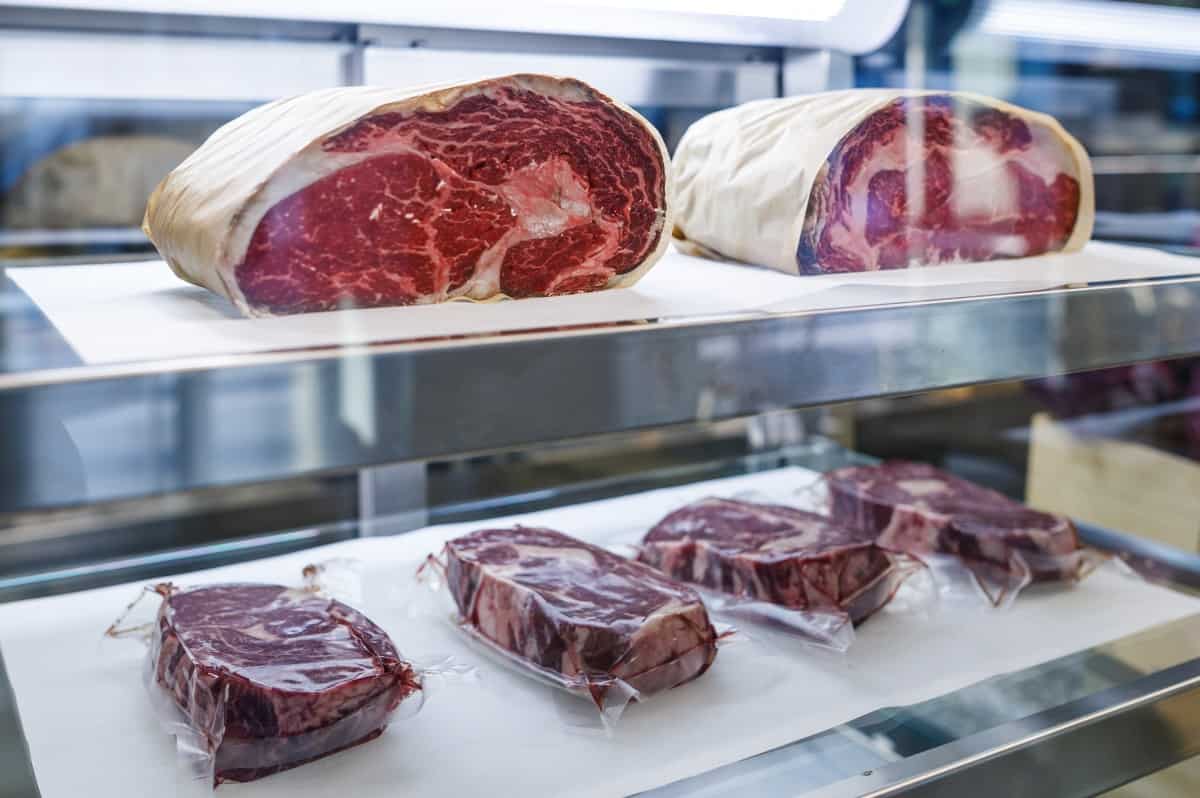
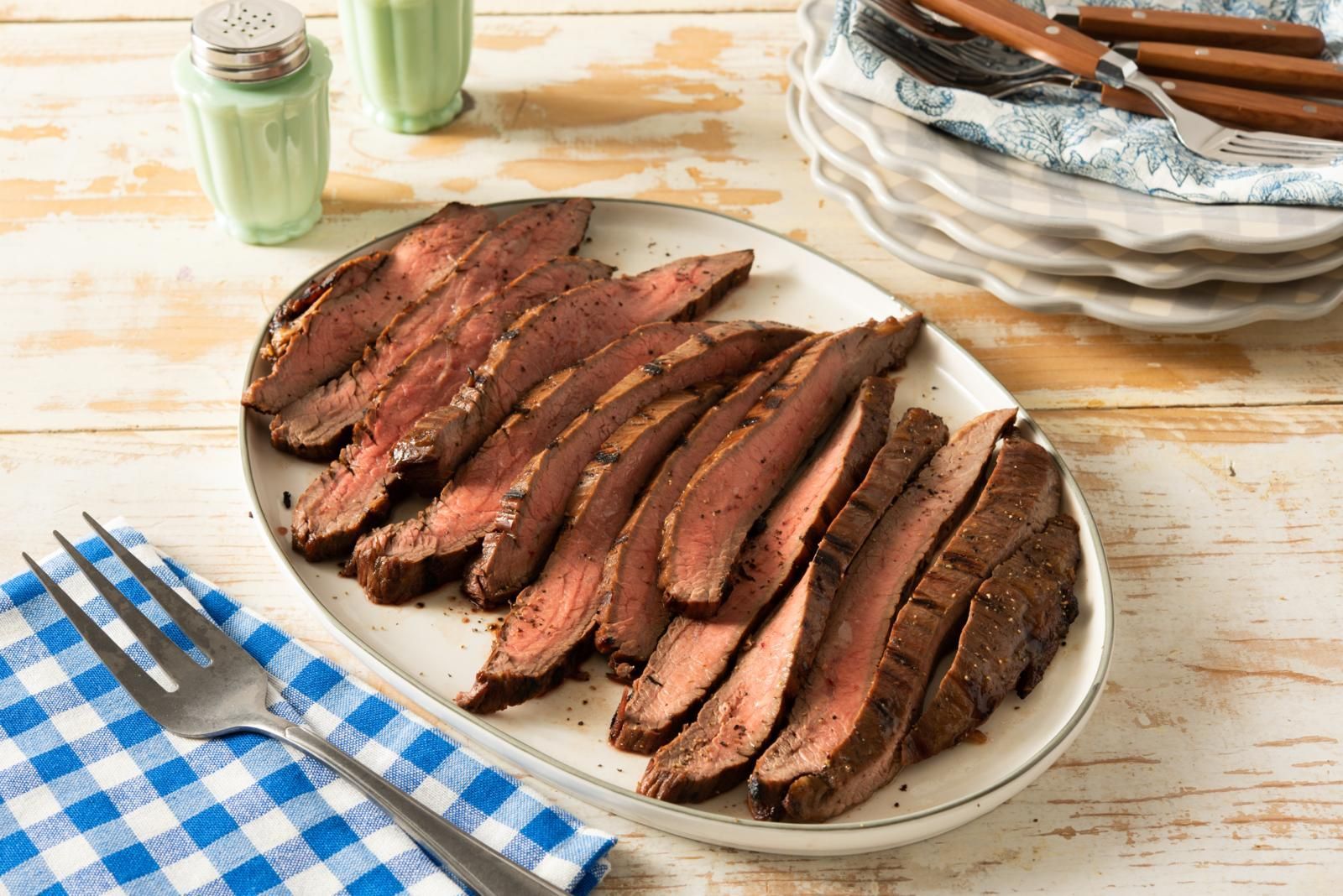

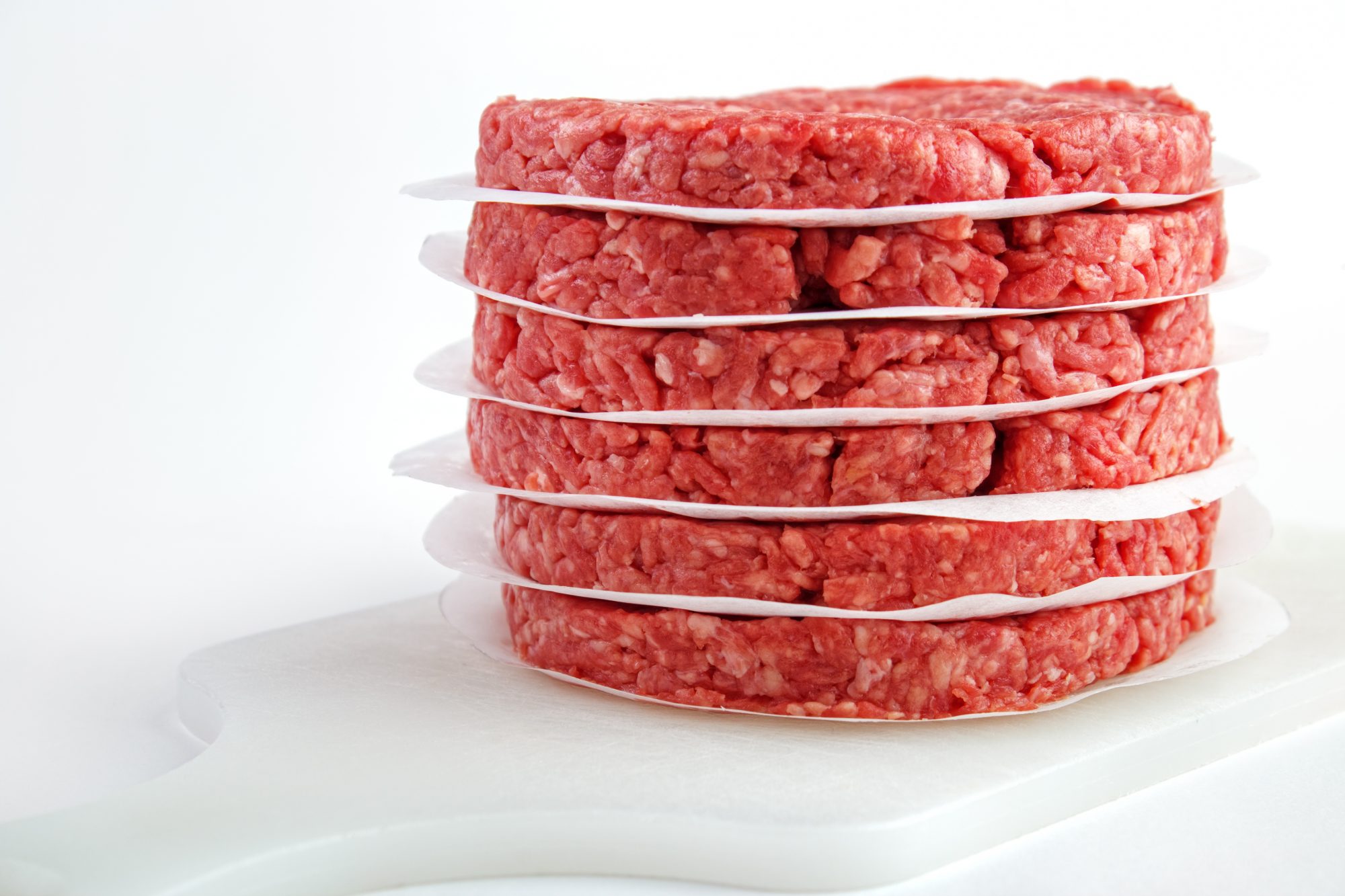
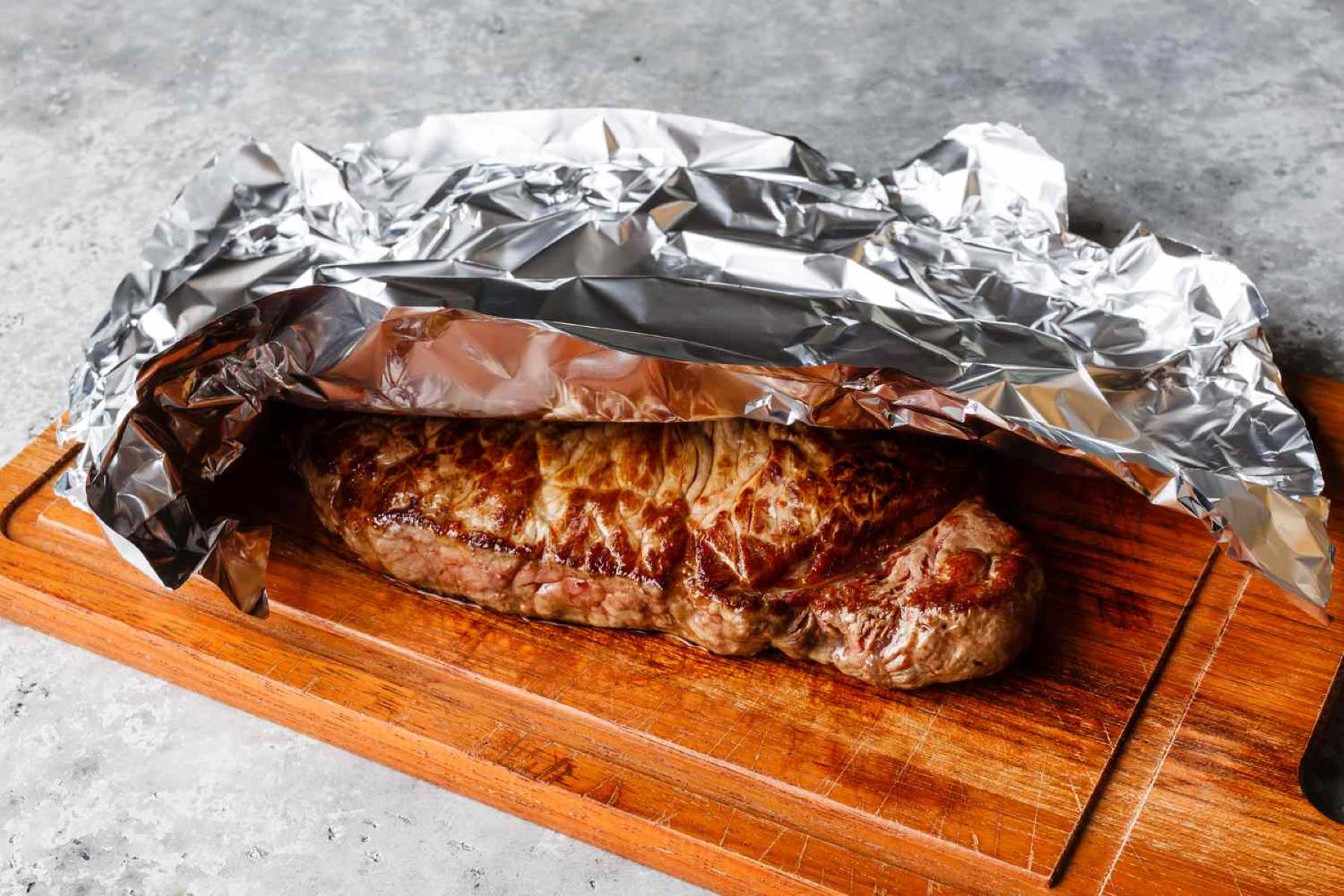
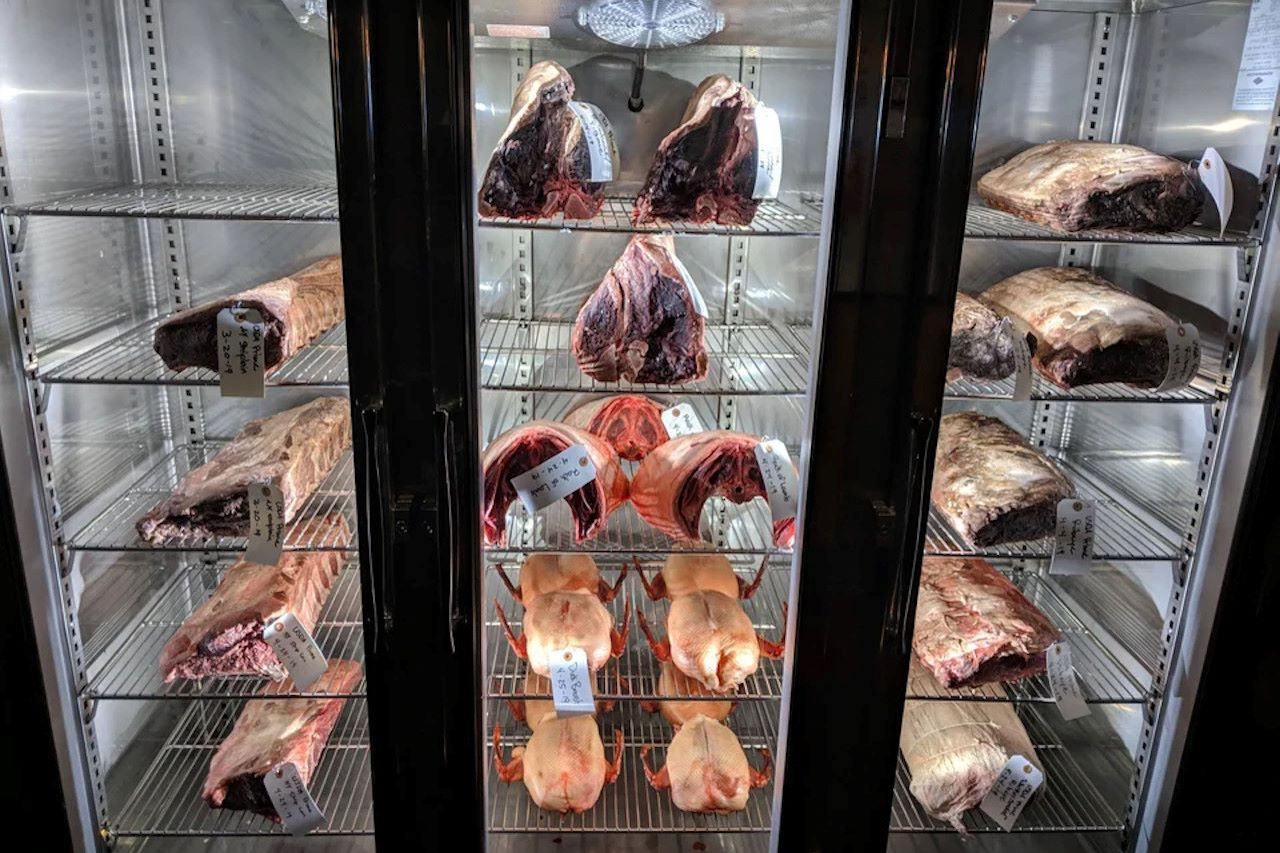
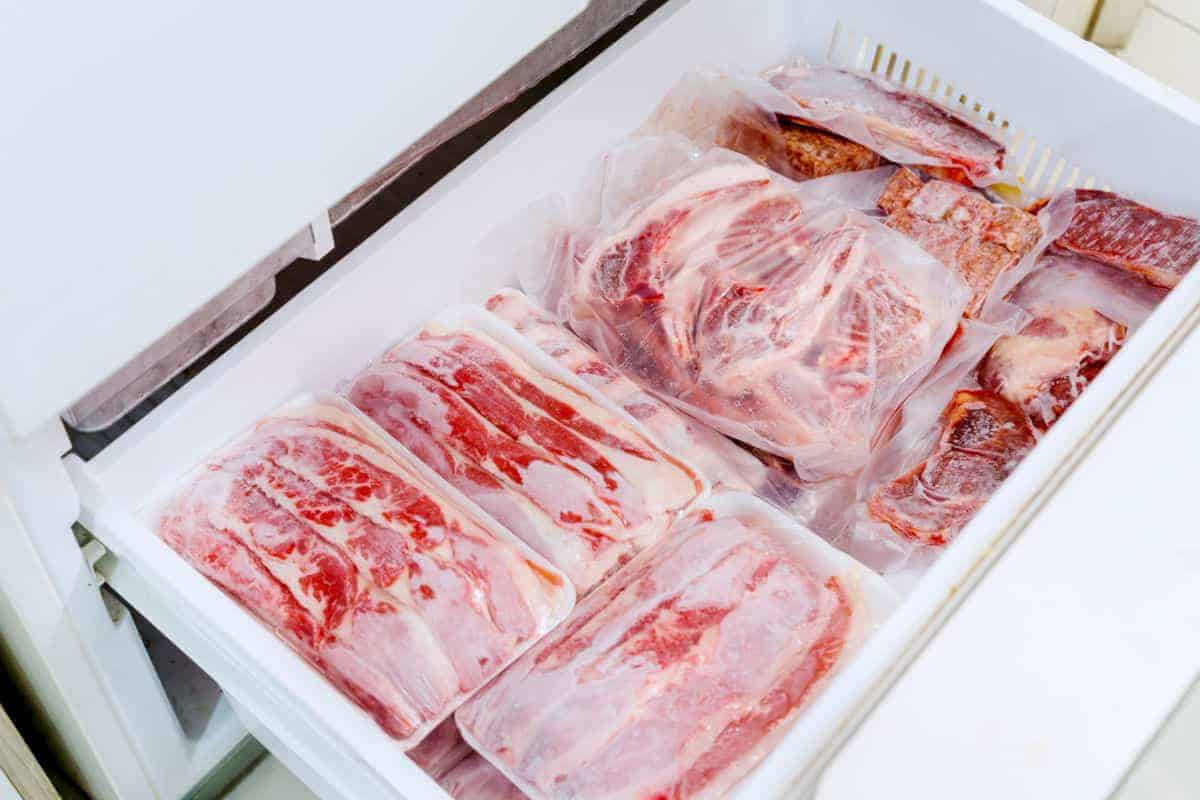


0 thoughts on “How To Store Raw Steak”